Fasciotomy For Chronic Compartment Syndrome
Fasciotomy for chronic compartment syndrome. Fasciotomy Fascia are the thick sheets of connective tissue that surround muscle compartments. During surgery an incision is made through the skin and fascia to drain the swelling and relieve the pressure within the compartment. Rehabilitation Guidelines Following Compartment Syndrome Release With Open Fasciotomy 333 38thSt.
Combining a partial fasciectomy with fasciotomy for compartment syndrome relieves pain and eliminates symptoms in the long term. There is a great success rate for exertional compartment syndrome through Fasciotomy. The pain associated with this condition is thought to be abnormal pressure.
This systematic review suggests that fasciotomy could be a safe and viable option in the management of patients suffering from CECS with promising long-term results. Fasciotomy a procedure in which the fascia is cut to relieve pressure in the muscle compartment is used to treat people with acute or chronic compartment syndrome. Most reports have dealt with the immediate or short-term re- sults of.
Specifics of surgical decompression vary but many include. Future research in the form of randomized controlled trials comparing conservative and surgical management would be beneficial. Before the procedure doctors administer regional or general anesthesia.
We utilize a technique that allows the surgeon to perform anterior and lateral compartment fasciotomies through a single incision while safely identifying the superficial peroneal nerve. If you dont have the fasciotomy there will be chronic pain and the problem will significantly limit your ability to participate in activity. Surgical release of the anterior and lateral compartments of the lower leg has been shown to relieve the symptoms of chronic exertional compartment syndrome.
If necessary surgery will be performed to alleviate pressure in the compartment using a procedure called a fasciotomy. Fasciotomy with partial fasciectomy for compartment syndrome has had good short-term results but no long-term studies have been performed. Open fasciotomies or fasciotomies with partial fasciectomies9 An open fasciotomy typically involves 1-2 large incisions where connectivefascial tissue is cut.
In patients who have failed conservative measures fasciotomy is the treatment of choice. Non-operative treatment is a viable option for hindfoot runners and patients with anterior compartment syndrome of the leg.
During surgery an incision is made through the skin and fascia to drain the swelling and relieve the pressure within the compartment.
Most reports have dealt with the immediate or short-term re- sults of. Subcutaneous fasciotomy is well established for chronic anterior tibial compartment syndrome Allen andBarnes 1986DueandNordstrand 1987Qvarfordt etal. Fasciotomy Fascia are the thick sheets of connective tissue that surround muscle compartments. If you dont have the fasciotomy there will be chronic pain and the problem will significantly limit your ability to participate in activity. Fasciotomy with partial fasciectomy for compartment syndrome has had good short-term results but no long-term studies have been performed. Before the procedure doctors administer regional or general anesthesia. The pain associated with this condition is thought to be abnormal pressure. In patients who have failed conservative measures fasciotomy is the treatment of choice. We utilize a technique that allows the surgeon to perform anterior and lateral compartment fasciotomies through a single incision while safely identifying the superficial peroneal nerve.
However research on the relationship between ICP and patient symptoms and also between ICP and patient-reported outcome post-fasciotomy is limited. Percutaneous fasciotomy of the anterior compartment under local anesthesia 10 mL 1 lidocaine without epinephrine 10 mL 05 bupivacaine has been described in the treatment of CECS39This technique involves a 4 cm incision over the middle of the anterior compartment 15 cm laterally to the tibial crest. If you dont have the fasciotomy there will be chronic pain and the problem will significantly limit your ability to participate in activity. Most reports have dealt with the immediate or short-term re- sults of. We utilize a technique that allows the surgeon to perform anterior and lateral compartment fasciotomies through a single incision while safely identifying the superficial peroneal nerve. Combining a partial fasciectomy with fasciotomy for compartment syndrome relieves pain and eliminates symptoms in the long term. Fasciotomy with partial fasciectomy for compartment syndrome has had good short-term results but no long-term studies have been performed.


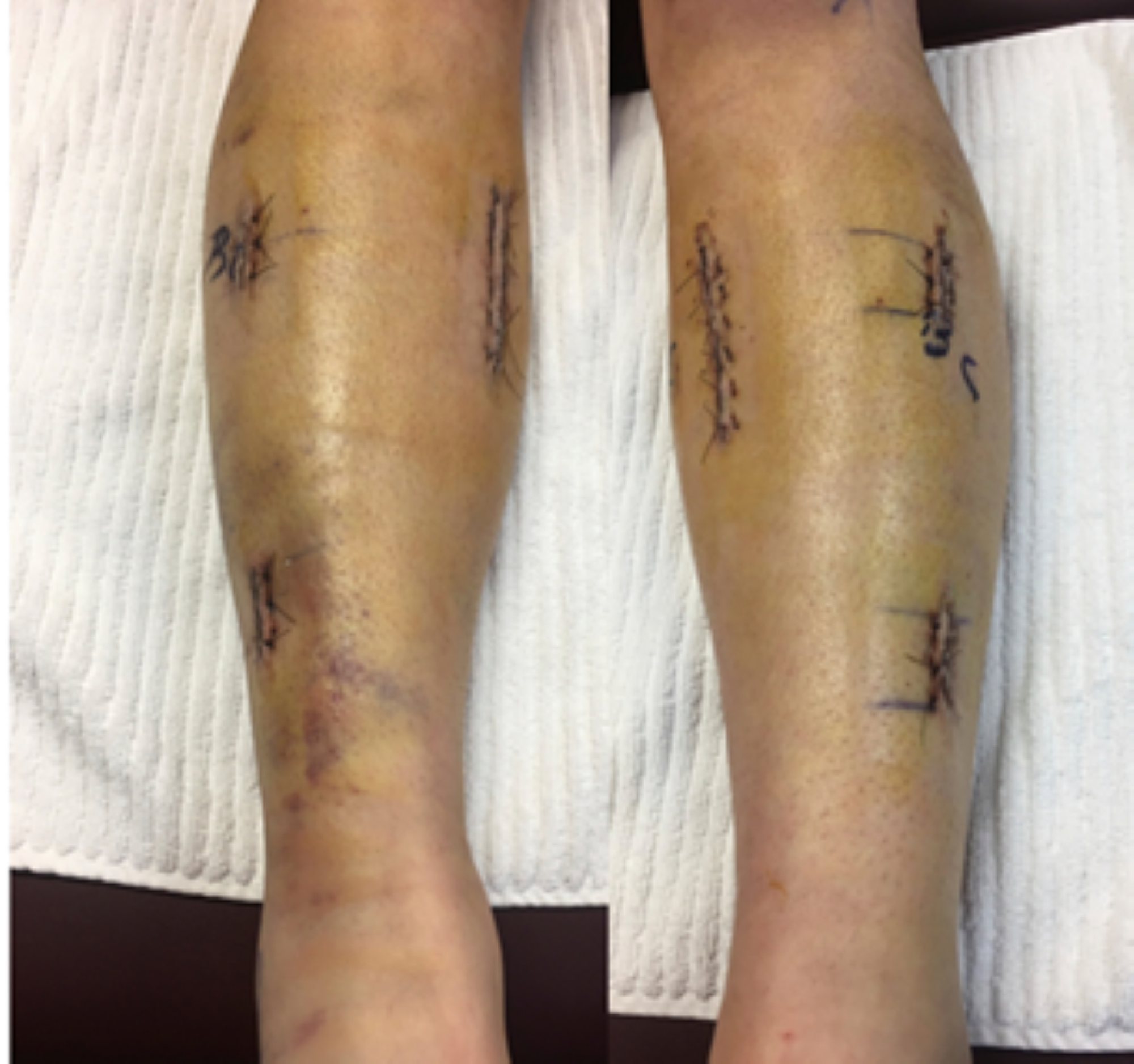


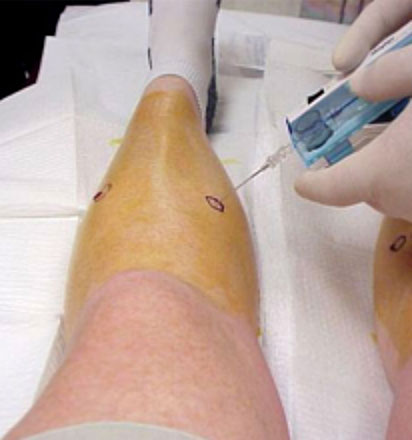





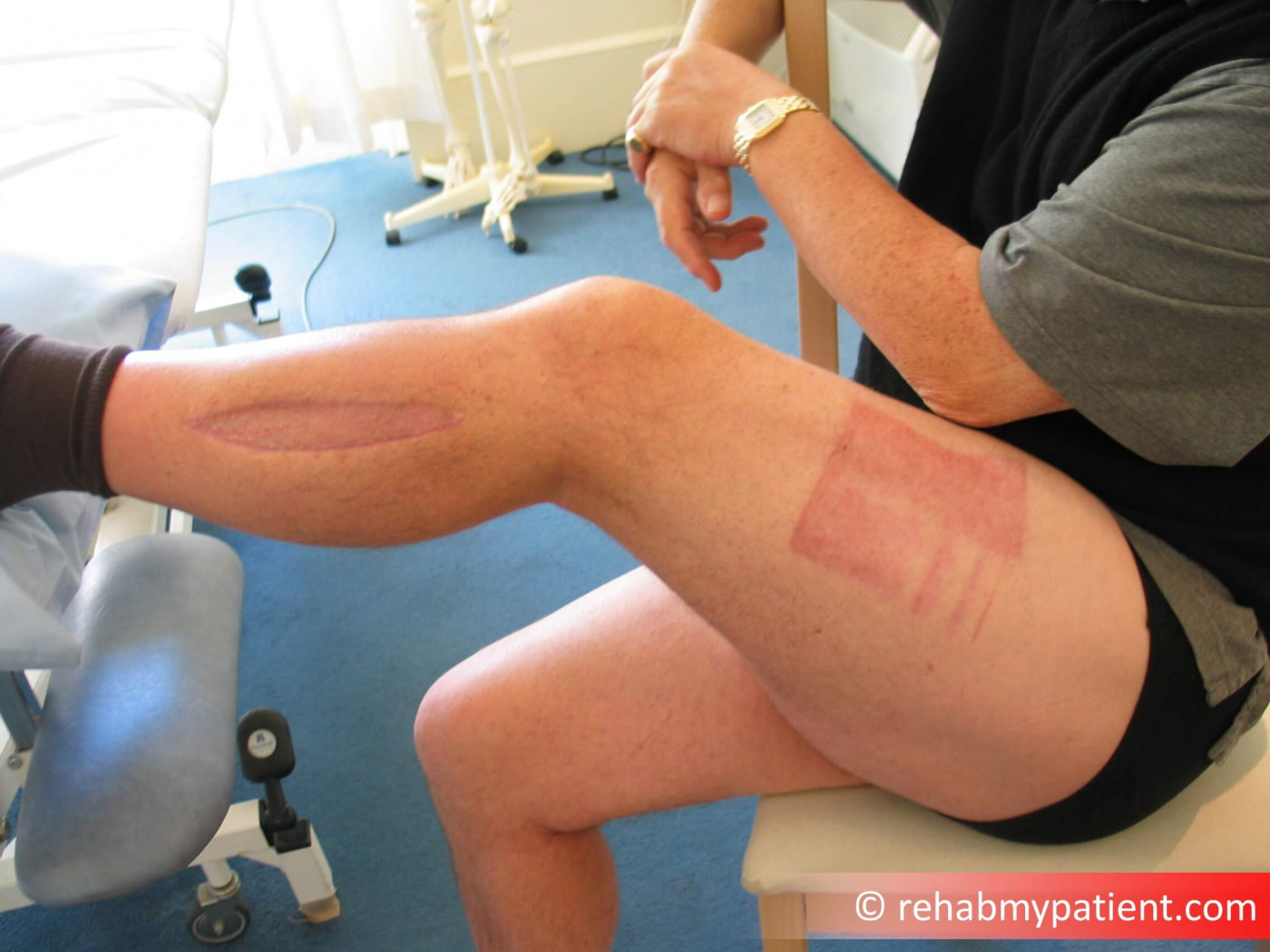



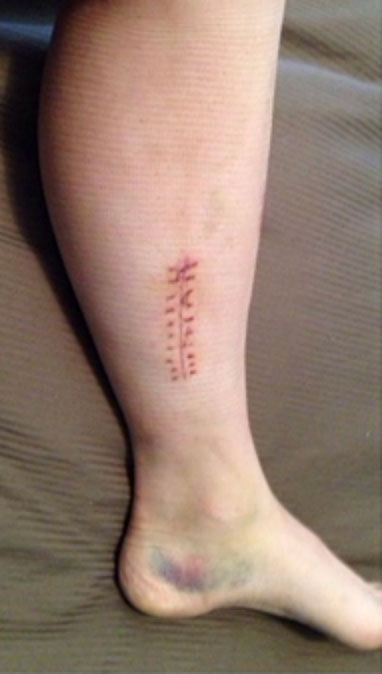



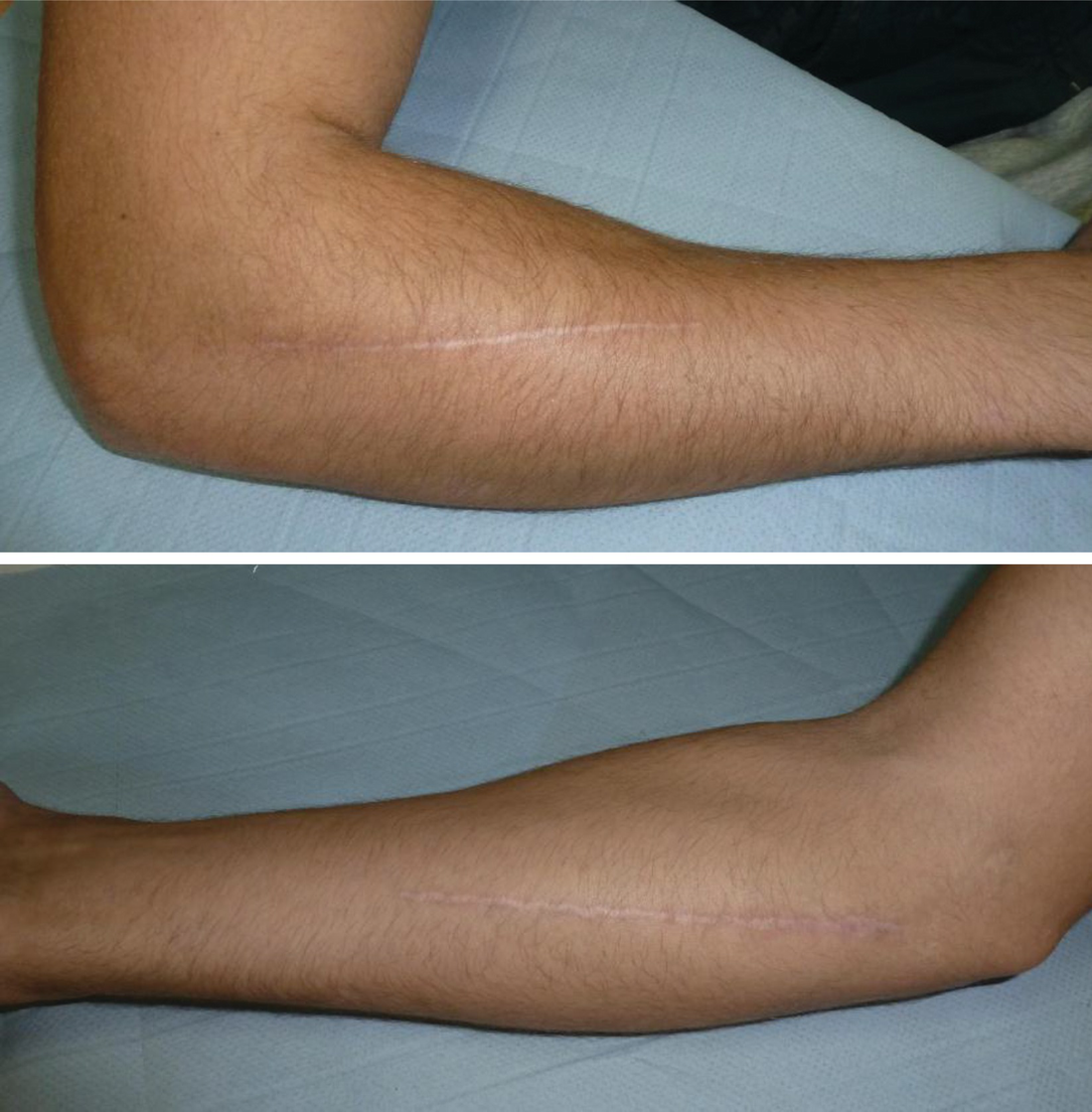





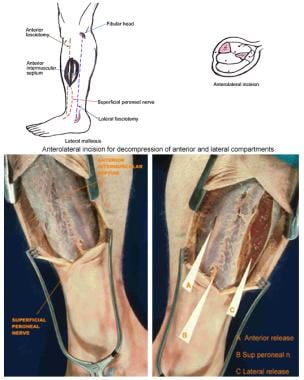

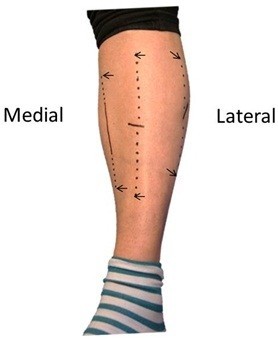












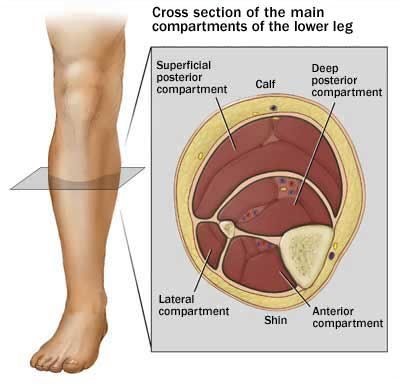

Post a Comment for "Fasciotomy For Chronic Compartment Syndrome"